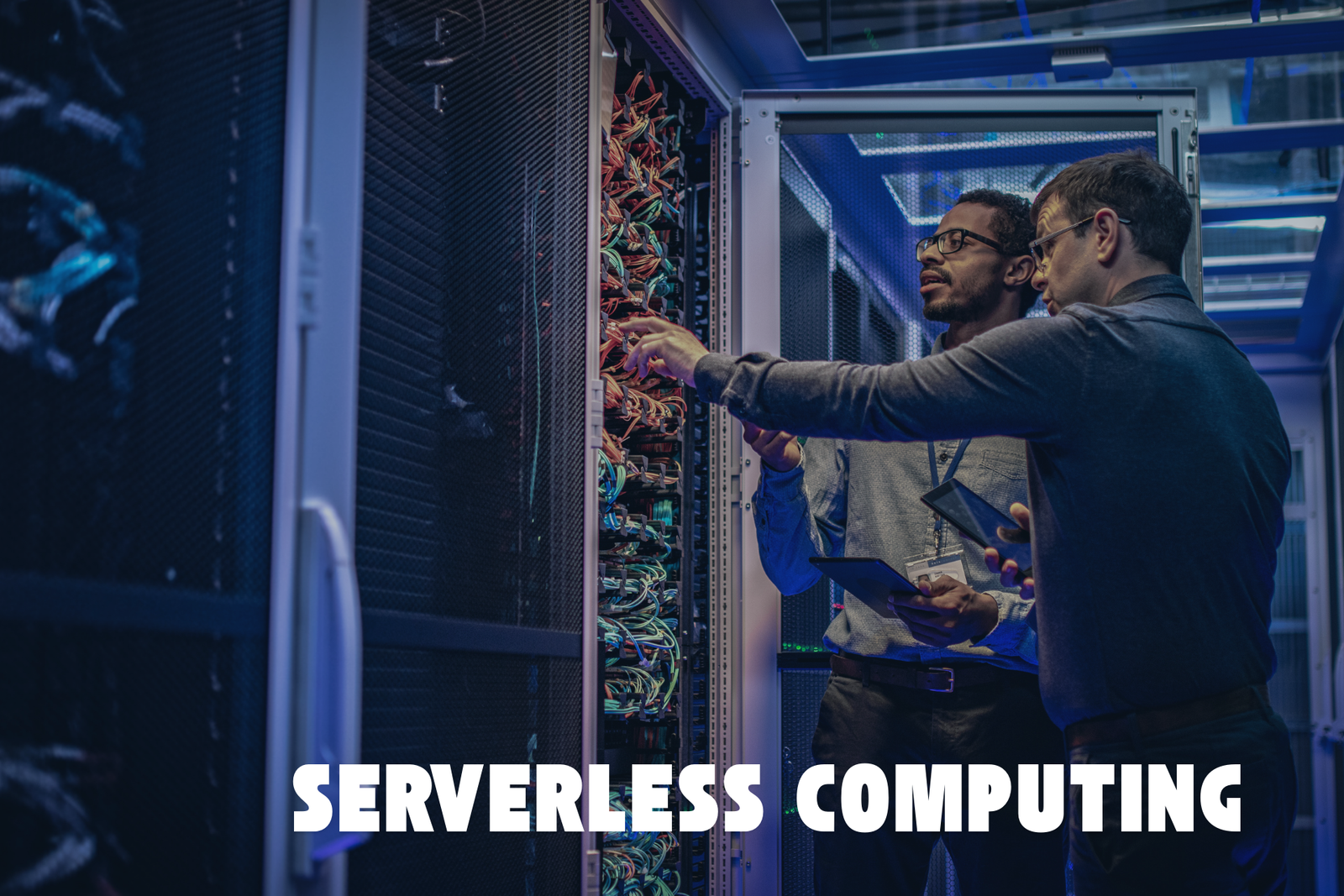"Explore serverless computing and understand why it’s gaining popularity among businesses. Learn about its benefits in cost efficiency, scalability, and performance, and find out how it can transform your cloud application development strategy."
Blog Content:
Introduction Serverless computing is a cloud computing model that abstracts away server management from developers. It enables businesses to focus more on building applications and less on infrastructure maintenance. This blog will dive into what serverless computing is, its advantages, and how it can benefit your business.
1. What is Serverless Computing? Serverless computing allows you to build, run, and manage applications without worrying about the underlying server infrastructure. With serverless, cloud providers take care of server provisioning, scaling, and management. Instead of deploying and maintaining entire servers or virtual machines, you can focus purely on writing code, which is executed in response to events (e.g., HTTP requests, database changes).
2. Benefits of Serverless Architecture
Cost Efficiency: Serverless computing charges based on the actual usage of resources, not the server capacity. This pay-as-you-go model can lead to significant cost savings, especially for applications with variable workloads.
Scalability: Serverless architectures automatically scale based on demand, ensuring that your application can handle traffic spikes without manual intervention. This makes serverless ideal for applications with unpredictable user behavior.
Flexibility and Speed: Developers can rapidly deploy and iterate on applications without worrying about server configurations. This agility accelerates time-to-market and enhances development productivity.
Security and Maintenance: Cloud providers manage security patches, updates, and monitoring for serverless applications. This allows developers to focus on building features rather than dealing with infrastructure maintenance.
3. How Businesses Can Leverage Serverless Computing Serverless computing is particularly beneficial for microservices architecture, data processing tasks, and backend-as-a-service (BaaS) applications. Businesses can use serverless to build scalable APIs, process data streams, and manage event-driven workflows. Popular cloud providers like AWS Lambda, Google Cloud Functions, and Microsoft Azure Functions offer serverless computing services that can be easily integrated with existing applications.
4. Challenges and Considerations While serverless computing offers numerous benefits, there are some considerations. These include monitoring, debugging, and performance management, which require a different approach compared to traditional server-based architectures. Additionally, not all types of applications may be suitable for serverless due to performance or latency requirements.
Conclusion Serverless computing is transforming how businesses build and deploy applications by shifting focus from infrastructure management to application development. By adopting a serverless approach, businesses can reduce costs, increase scalability, and improve agility, allowing them to innovate and meet changing market demands more effectively.







